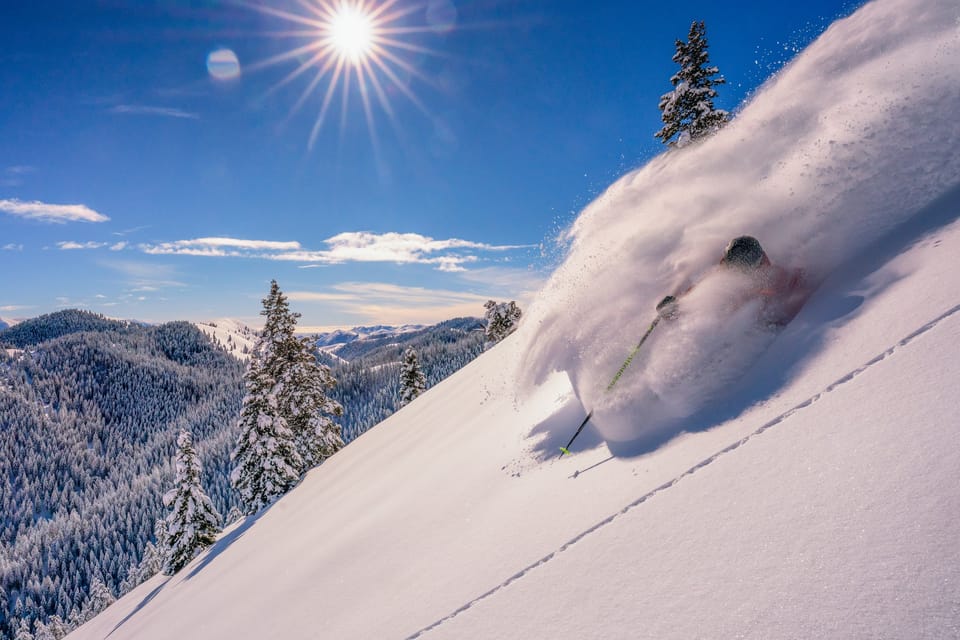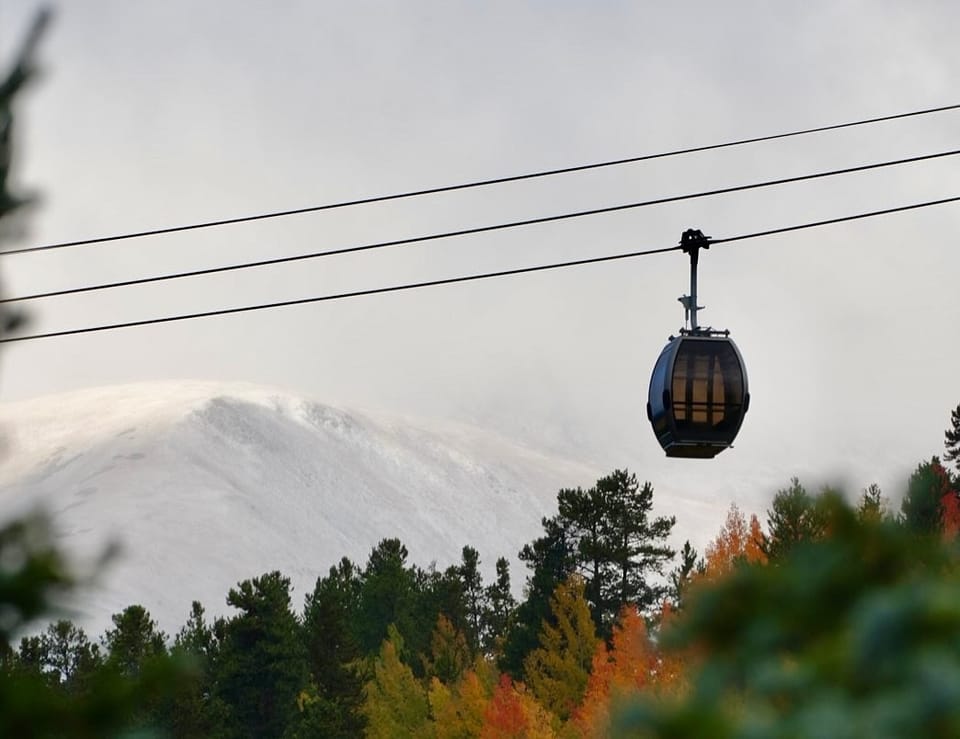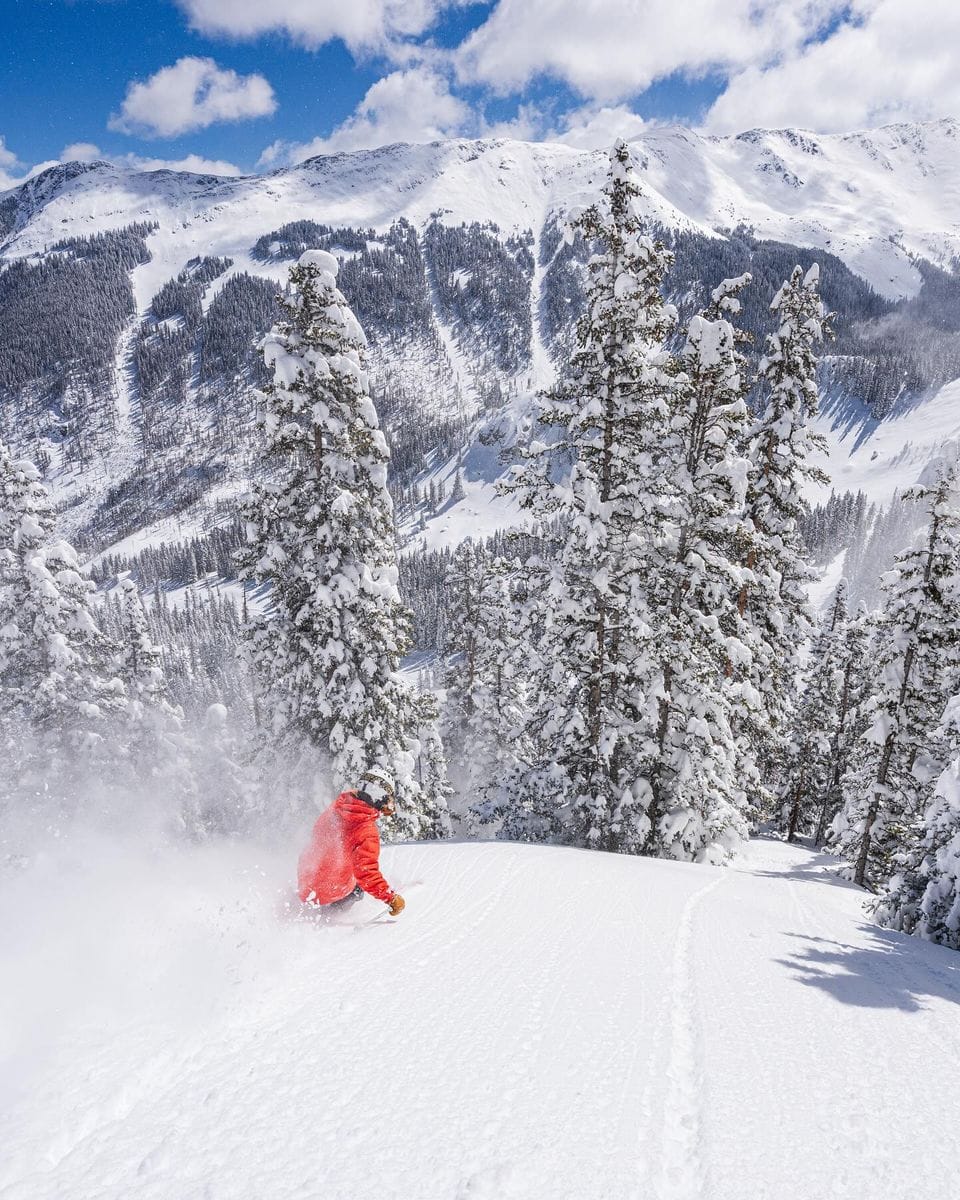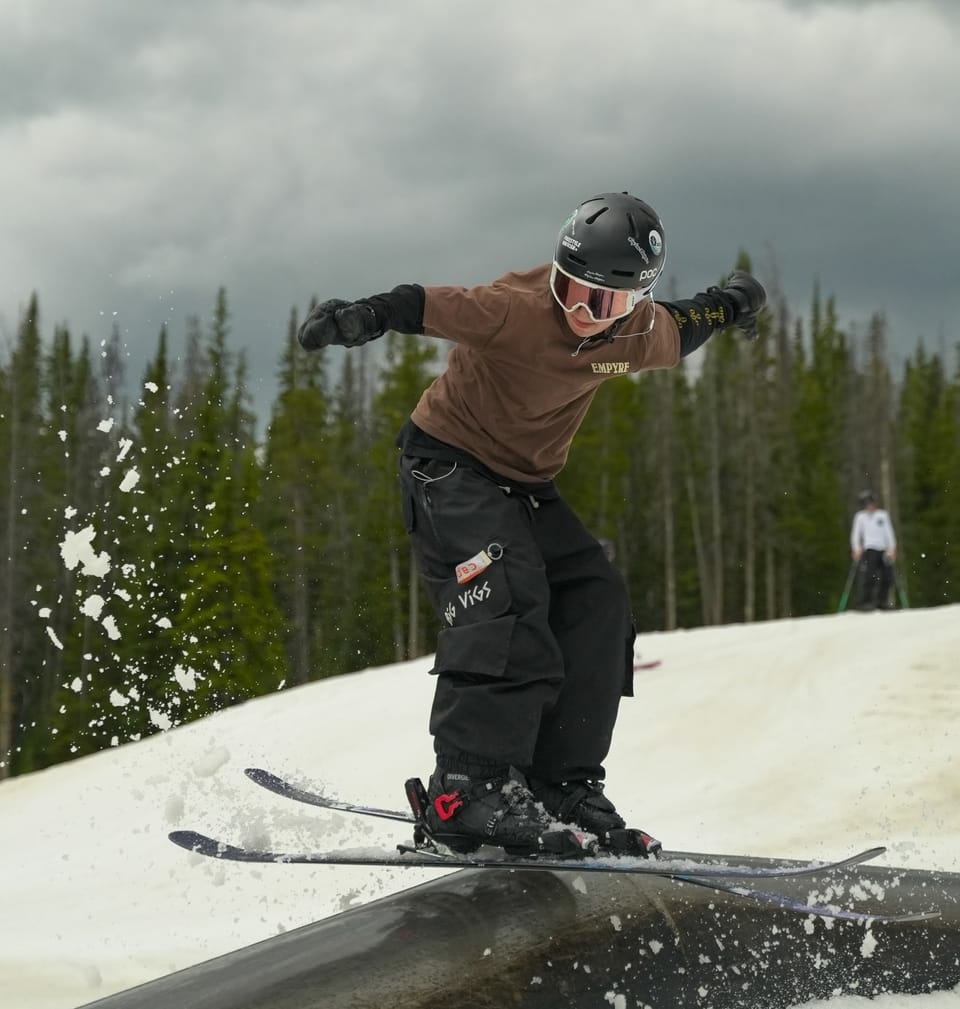Mountain High Latest Resort to Suffer Forest Fire
California’s Mountain High ski resort is the latest in what appears to be a growing list of ski areas impacted by forest fires in recent years.
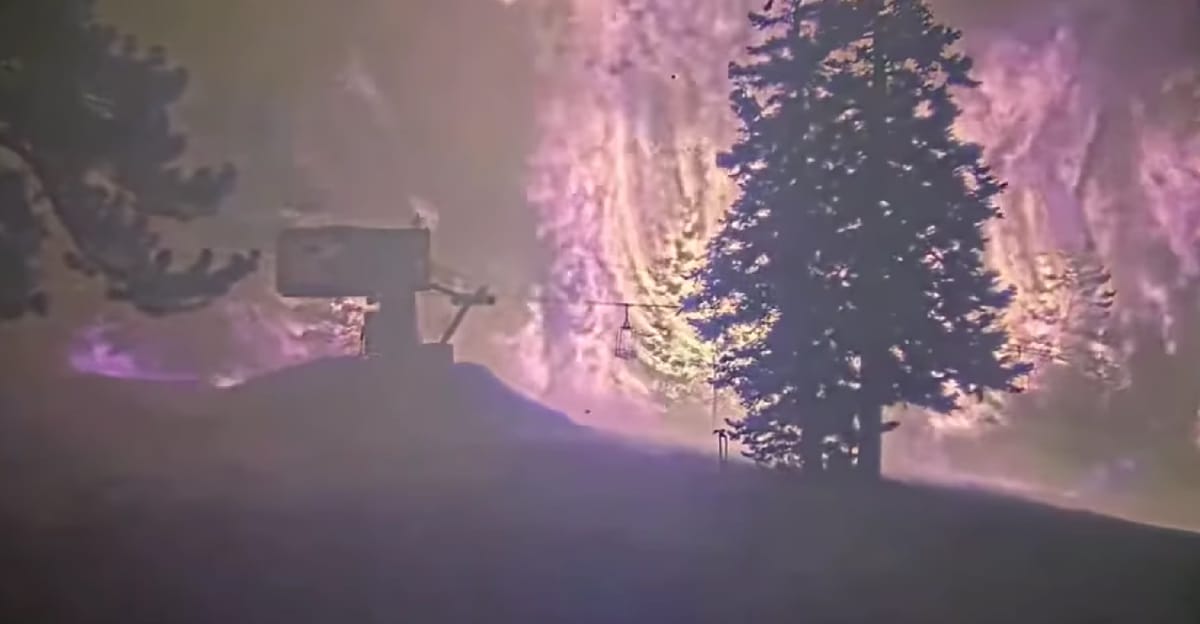
California’s Mountain High ski resort is the latest in what appears to be a growing list of ski areas impacted by forest fires in recent years.
In its case the fast spreading Bridge fire, which rapidly grew ten-fold overnight to cover 50,000 acres, hit the resort this week, but initial reports are that it appears to have been largely undamaged after snowmaking systems were turned on in an attempt to make the land less instantly combustible.
“Fire raced through the area yesterday, but all the main lifts and buildings survived with little to no damage,” a post from Mountain High reads, and continues, “Thank you to all the employees and fire fighters for their hard work. Our hearts go out to the Wrightwood families that may be suffering. We are with you!”
Mountain High is one of California’s more southerly ski areas, located about 75 miles north of Los Angeles.
Another Californian forest fire, the Davis Fire, was reported yesterday to be burning towards Mt Rose ski area.
And in Oregon to the north, Mt. Bachelor Ski Resort remains under a mandatory Level 3 evacuation due to the Backside Fire burning on the mountain’s west slope.
Earlier this summer the ski town of Jasper in Alberta, Canada was about a third destroyed by forest fires although the local Marmot Basin ski area was untouched by the flames.
In September three years ago the Caldor fire burnt through another Californian resort, Sierra at Tahoe, which also tried using its snowmaking cannons to soak the ground along with other mitigation efforts but with less success and the resort needed substantial reconstruction work, largely missing the 22-23 season.
Prior to that Australia’s Selwyn Resort was totally destroyed by bush fires early in 2020 and needed to be completely rebuilt. A growing number of other ski areas have had close calls, requiring temporary evacuation of local communities.

